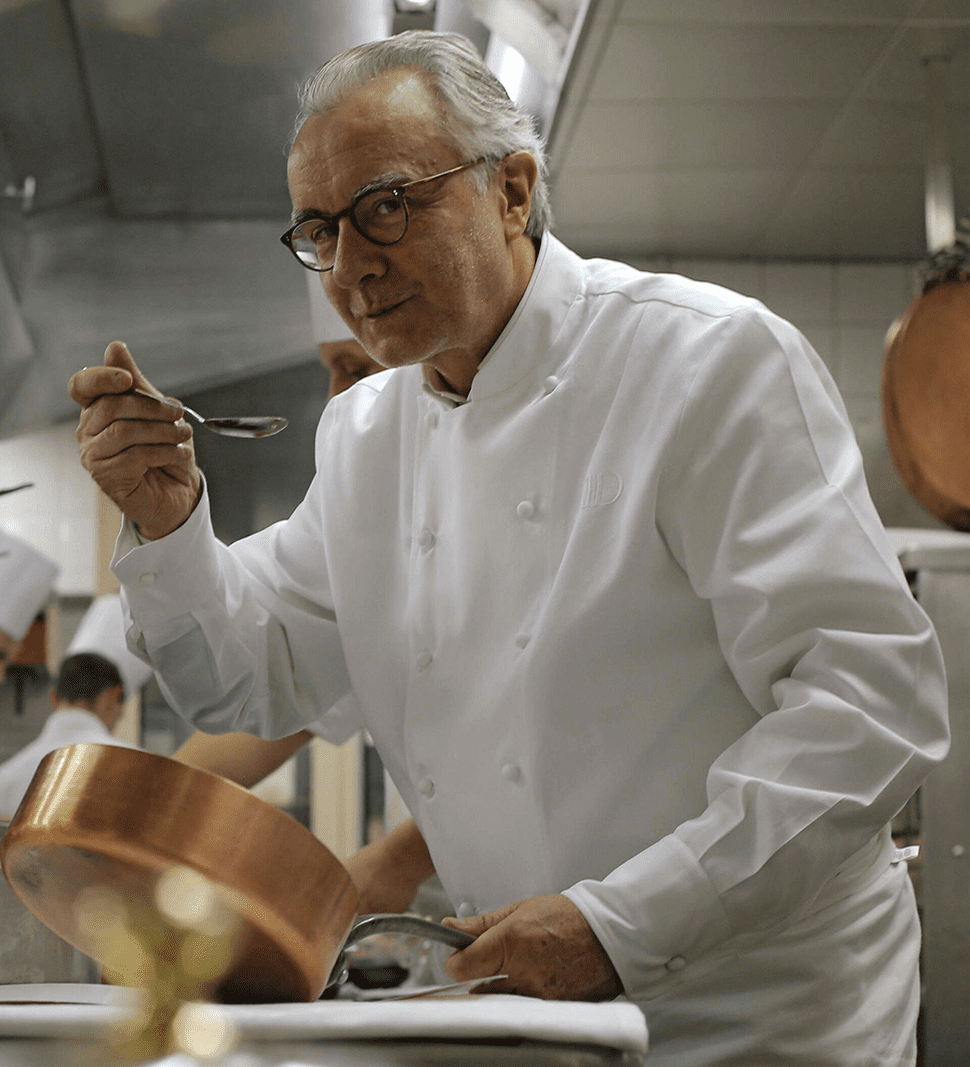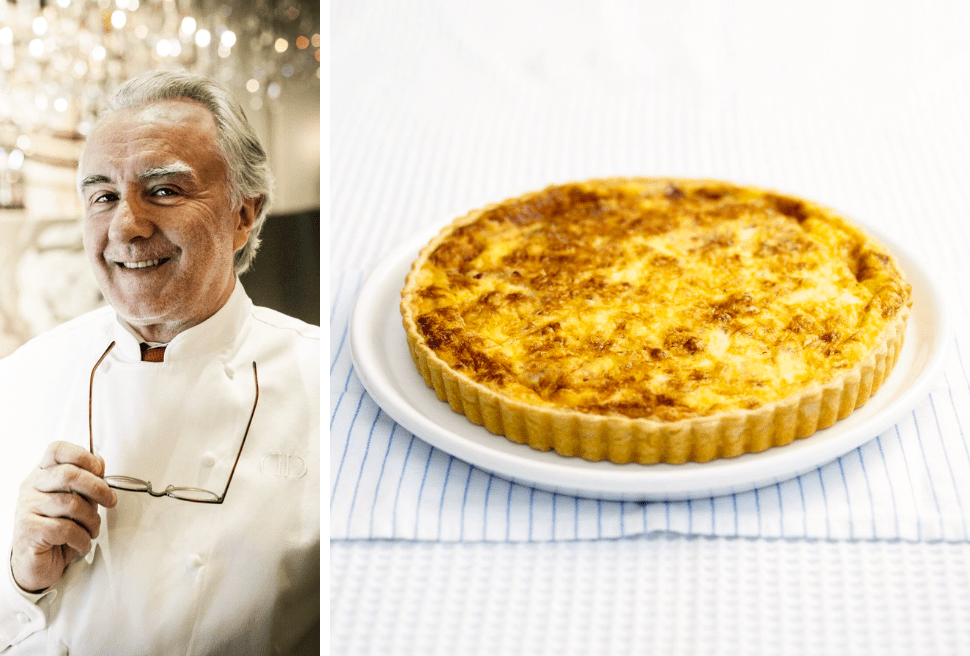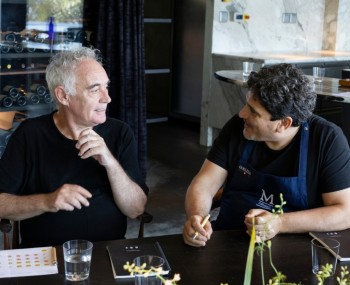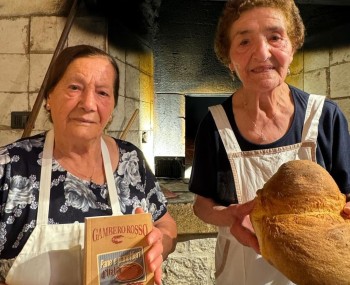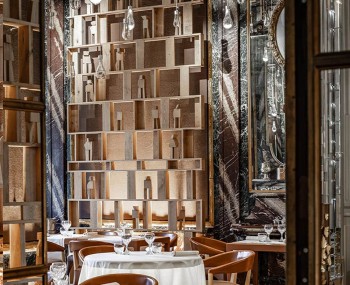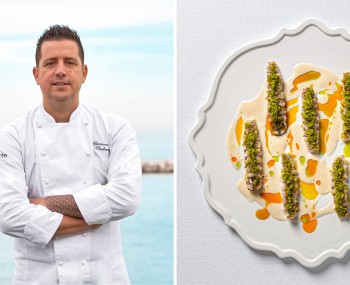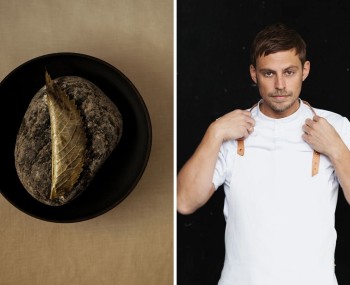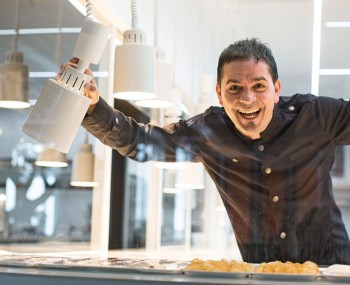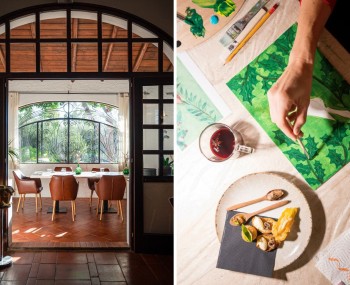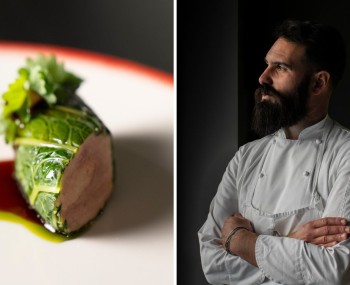Alain Ducasse, the most MICHELIN stars ever received after Joël Robuchon, also wanted to pay homage to quiche lorraine, a popular icon of French cuisine.
Alain Ducasse’s Quiche Lorraine
The dish
Today, quiche lorraine is one of the most popular icons of French gastronomy, as it can be found even on supermarket counters, unlike more snobbish and exclusive specialties. This is due to the appealing and familiar taste, almost like carbonara, but also for the ease in preparation, which has made it a regular household item. @Unsplash
@Unsplash
Its origins are remote. The first written record dates to March 1586 at the Duchy of Lorraine, then closely at the Duchy of Nancy. From what court accounts tell, Charles III was fond of it, reserving it for lean days. On those tables, however, the specialty had a secondary role. The ingredients were the modest ones found on any farm: bacon, which was smoked for preservation reasons, eggs, and milk from the so-called "migaine," the flan machine. All indications of a peasant origin, which, as is often the case, did not leave too many traces of its original recipe. It is thought that the custom was to use leftover bread dough, when it was baked in communal ovens, making an invigorating and festive delicacy to be shared with others.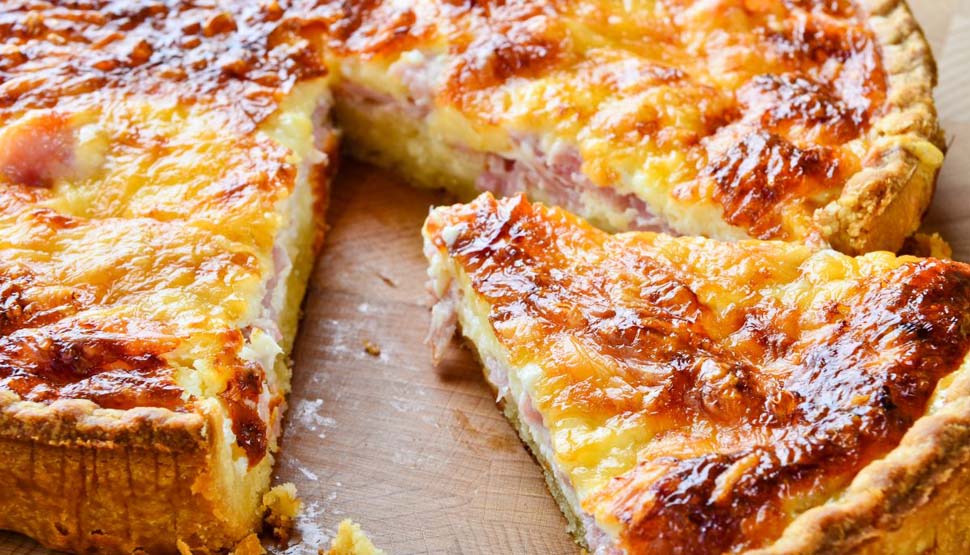 Alain Ducasse's quiche lorraine @Bon V
Alain Ducasse's quiche lorraine @Bon V
But for a long time instead of "lardons," plain butter flakes were used instead; the current recipe would take shape starting in the 17th century. This remained unchanged up until the consecration by Grimod de la Reynière, who praised that delicacy, whose secret was concentrated within the boundaries of a province, and the codification in 1872 by Urban Dubois. Escoffier's recipe then, dating back to 1903, included not only slices of bleached bacon but also plenty of Gruyère, to be used together or alternatively.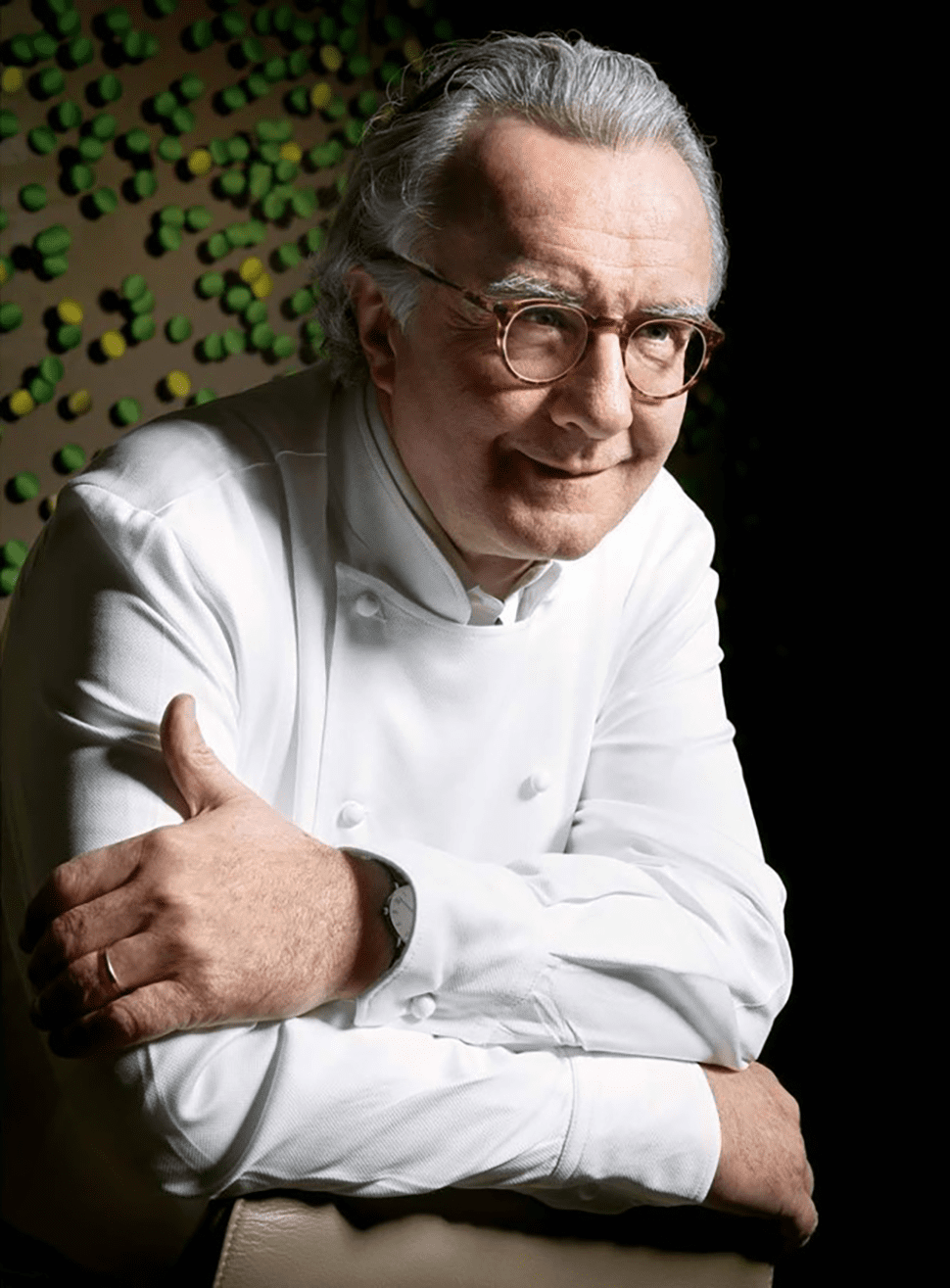
Lorraine is a borderland that has long been disputed by France and Germany. And it was because of Prussian annexations that the flight of inhabitants contributed to the nationwide spread of the recipe, which thus landed in the country's major cities. The name "quiche," which derives from the German "kuchen" (cake) and the very similar word "küchen," peculiar to the patois dialect of the area, which in turn are related to "kich," the root of cooking, has remained as a reminder of its origins.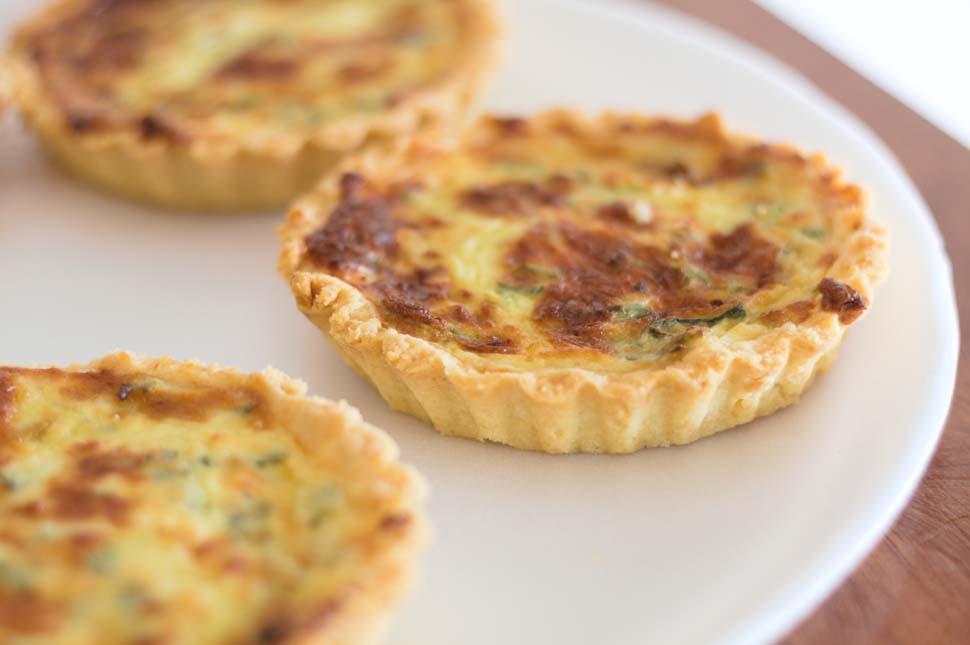 @Unsplash
@Unsplash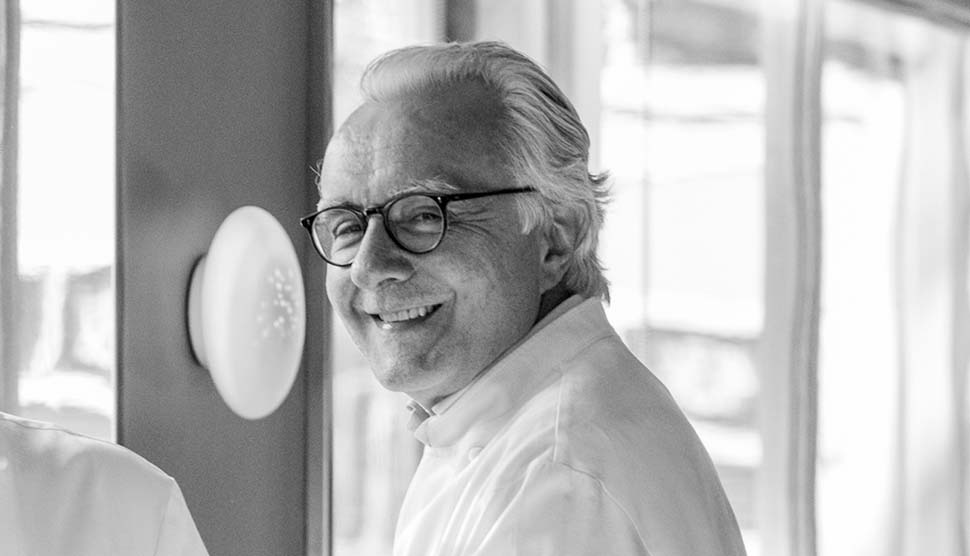 @Alain Ducasse at The Dorchester
@Alain Ducasse at The Dorchester
It is usually paired with a white wine, for an acidity that contrasts well with its savory character and fattiness, as long as it is rich and aromatic, such as an Alsatian Sylvaner, for example. But there are those who prefer a glass of soft, alcoholic red, not too aggressive in terms of extracts, for example a Beaujolais from relatively delicate crus such as Régnié and Fleurie.
Alain Ducasse’s Quiche Lorraine recipe
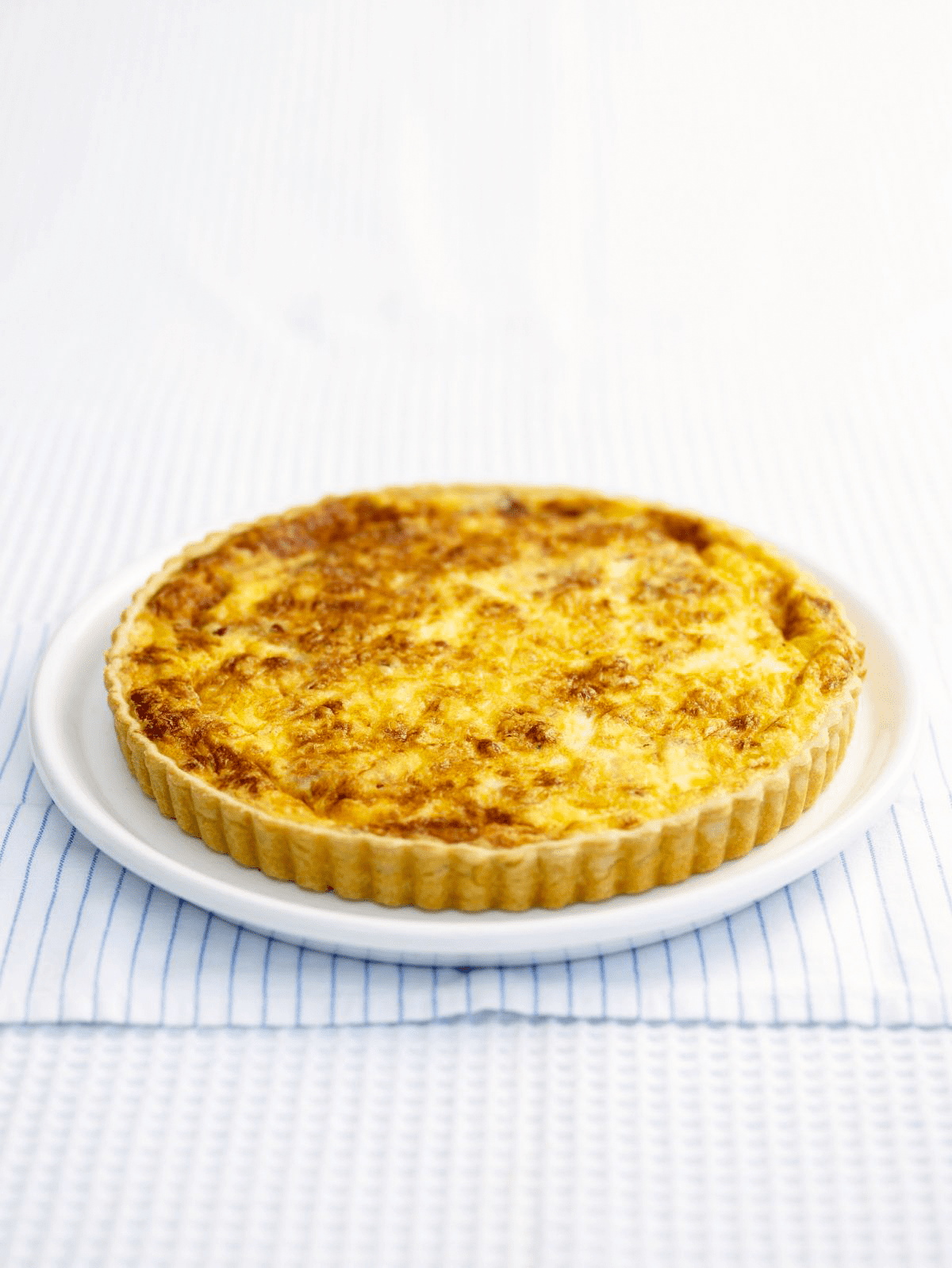
Quiche lorraine by Alain Ducasse @Academie du Gout
Ingredients for 8 people
For the pastry
- 580 g of flour
- 310 g of butter
- 10 g salt
- 1 yolk
- Water, as needed
Method
Sift 500 g of flour onto the work surface and make a well. Add 300 g of butter, salt, egg yolk and water. Mix with fingertips. Knead very briefly. Form into a ball and cover with plastic wrap. Allow to firm up in the refrigerator so that its remaining elasticity loosens up.
For the filling
- 250 g smoked bacon
- 1.5 tablespoons olive oil
- 2 eggs
- 2 yolks
- 250 g milk
- 250 g cream
- Fine salt
- Cayenne pepper
- Nutmeg
Method
Clean the bacon, removing the rind and any cartilage, then cut into cubes. Sauté them over high heat with a base of oil, without letting them dry out. Drain excess fat on paper towels.
Mix eggs, egg yolks, milk, and cream in a bowl. Season with salt, pepper, and nutmeg.
For the finish
- 200 g grated Gruyere cheese
Method
Grease and flour a cake pan; chill it in the refrigerator. Roll out the dough to a thickness of about 2 mm. Line the cake pan, removing excess flour. Tuck in edges.
Spread the bacon and cheese in an even layer on the bottom. Pour the mixture on top. Bake at 180 °C for 30 minutes. Serve the quiche cold or warm, with a salad of sprouts and cooked champignons with lemon juice and chives.
Chef photo on Cover: @Pierre Monetta
